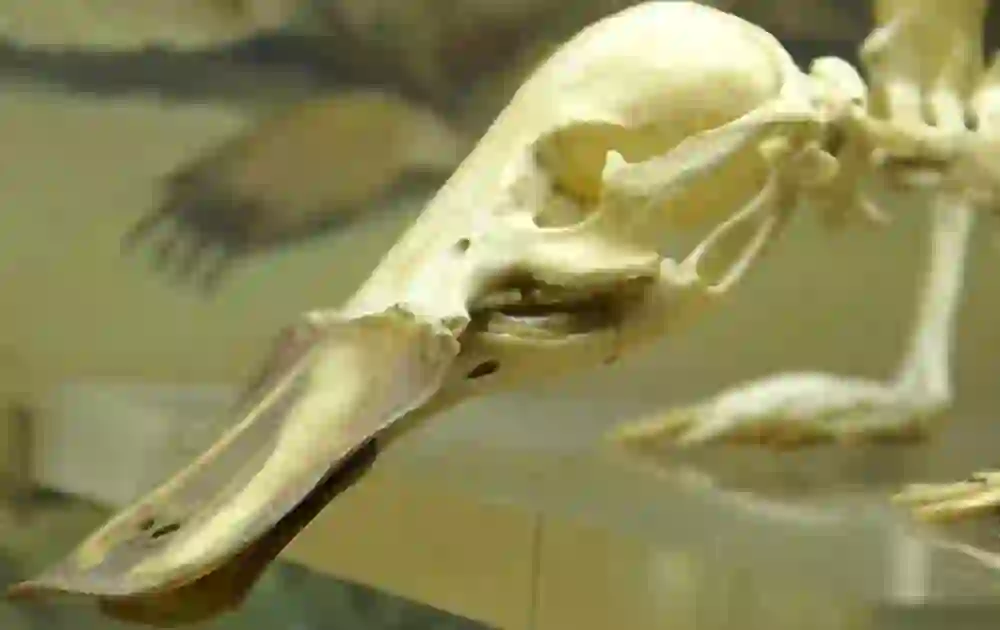
Platypus
Platypus
Platypus
Do you know a creature called a platypus? Many of you may have heard the name but never seen it. The platypus lives only in Australia and is not bred in Japan zoos as it is an animal that is forbidden to trade. Therefore, it may be a less familiar animal. The platypus looks interesting, but the ecology is also unique. Let's explore such platypus in detail.
Platypus Basic Infomation
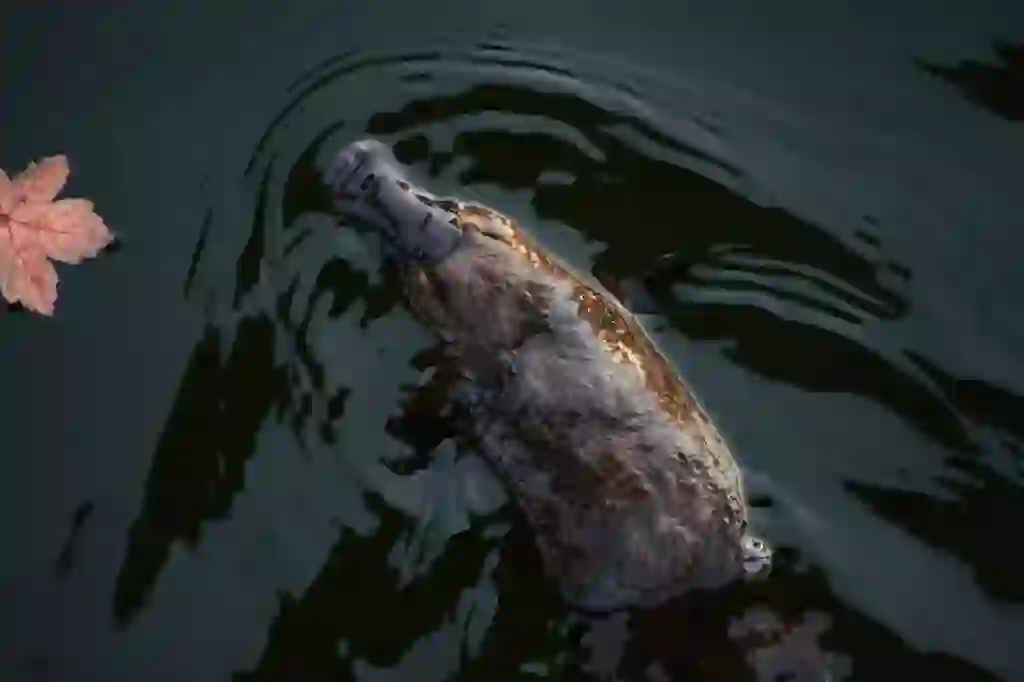
Mammalia-Monotremata-Ornithorhynchidae-Platypus genus.
Length:approx 38~50cm weight:approx1~2㎏.
“Platypuses” live only in waterside areas in Australia. They make nests by digging holes near the water or by making nests that come in and out of the water like beaver nests. The entrance to the nest is hidden by plants so it is difficult to find.
Platypuses act alone without forming groups. They spend their days in their nests and move out to look for food from evening to morning. They catch and live on creatures living in the water as their food, so they dive into the water to catch them.
Platypuses are one of the few mammals that lay eggs to give birth to their young. This is rare because mammal babies are generally born in a form similar to their parents and do not come from eggs. It was thought that only reptiles and birds gave birth to their young from eggs.
There is another type of mammal that lays eggs like the platypus. That animal is the “short-beaked echidna”. There are many animals in the world, but it is rare because only two types of animals can do this.
Let’s take a closer look at the reproduction of the platypus. They mate around October and produce about 1-3 eggs. The female wraps the eggs with her tail to keep them warm. After about 10 days of warming the eggs, they hatch.
The hatched babies drink their mother’s milk and grow up, but the platypus does not have nipples even though it has mammary glands. How do babies drink milk without nipples?
Since the female platypus does not have nipples, she secretes milk from her mammary glands. It’s like sweating in humans. The secreted milk soaks into the mother’s fur, so the baby takes nutrition by licking the fur soaked with milk. It’s surprising how unique their way of giving milk is.
Platypus Q&A

Where does the platypus get its name?
In English, it is called "platypus", but in fact, in the case of the Japanese name, it is named "kamonohashi". This time, why did it come to be called kamonohasi by its Japanese name? We will introduce its origin.
In fact, it is believed that its beak resembled a duck, so it came to be called a platypus.
And the origin of the English name is Greek, and it is said that it comes from "flat feet or flat feet". It is true that the feet of the platypus have flat feet with webs. You can see that both names are named after the characteristics of the body.
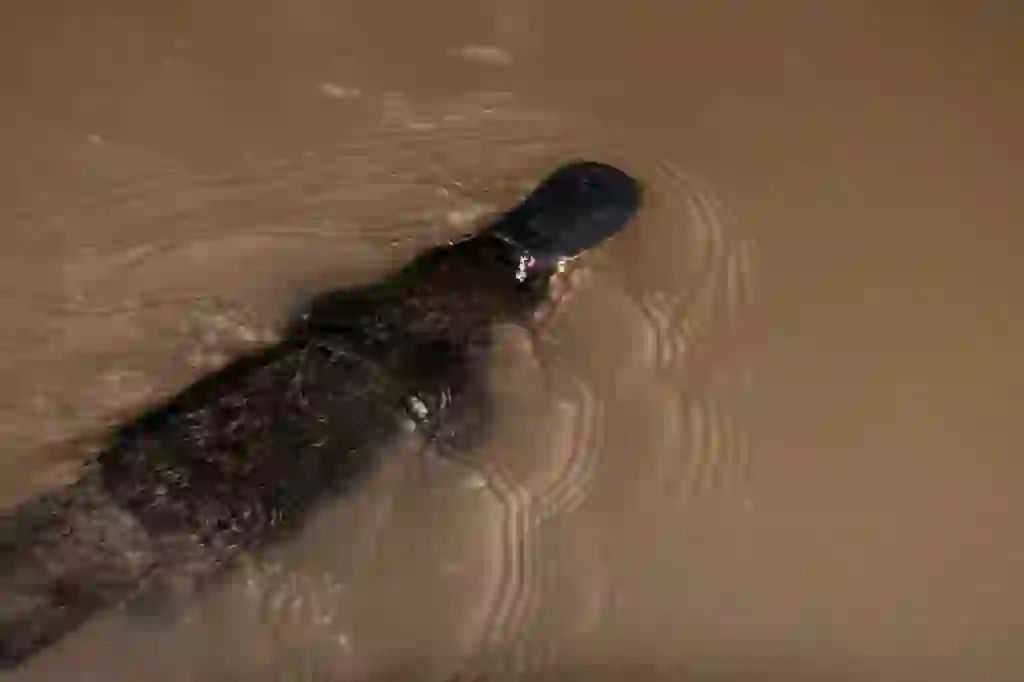
Why do platypus live there?
The platypus has a habit of living near the water. This may be related to the fact that their food is creatures living in the water.
The platypus has webbed feet and is built for swimming. They can also walk on land, but their movements are clumsy compared to swimming.
If the nest is far from the water, there is a risk of being attacked by other animals during migration. That’s why platypuses live near the water and make nests.
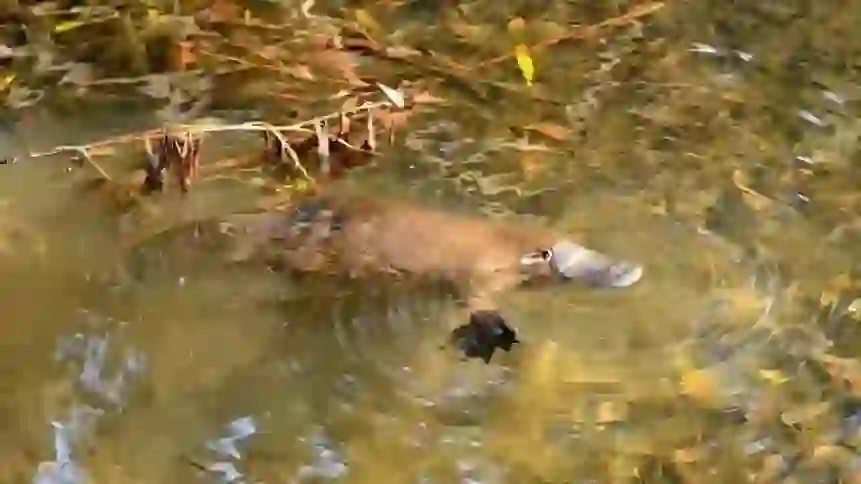
What does a platypus eat?
The platypus eats insects, larvae, worms, and clams that live on the bottom of the water. They catch prey hiding in the soil with their beaks and then crush and eat them after coming to the surface of the water.
However, the platypus does not have teeth to bite and crush prey. How do they crush prey without teeth?
The platypus also takes gravel into its mouth when it catches prey.
They use this gravel to their advantage. By chewing prey and gravel together in their mouth, the gravel crushes the prey instead of teeth. This is a method they developed because they don’t have teeth.
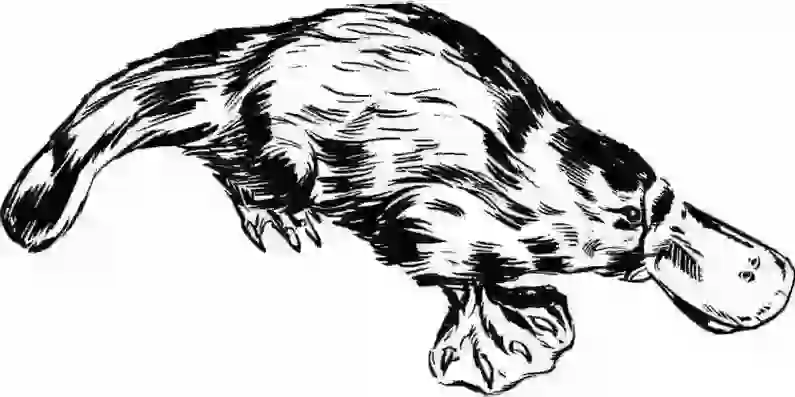
How can a platypus have no teeth?
The platypus did not lose its teeth from the beginning. It is known that their ancestor, “obdurodon,” had teeth.
Teeth are more likely to remain in the process of evolution, but the platypus is thought to be the only animal that has lost its teeth. Why did the platypus lose its teeth?
The structure of the “beak” is largely responsible for this. The platypus’s beak has more developed sensory organs than obdurodon. The reason for the development of sensory organs is that their diet has changed.
Obdurodon caught and ate fish swimming in the water, but the platypus has to search for insects and clams that live on the bottom of the water. The platypus dives into the water to find food, but it closes its eyes while diving. How does it find food without using its eyes?
The sensory organs in the beak are useful for this. Specifically, they sense the electricity emitted by living things and use their beaks to catch prey. The reason why the sensory organs are supported is that there are many nerves passing through the beak. Due to the increase in nerves, there is no space for teeth to grow and they have lost their teeth.
Securing food is necessary for any living creature to survive. The platypus lost its teeth by prioritizing its ability to sense food, but instead of teeth, gravel crushes food. It’s important to live by devising ways to make up for what you’ve lost.

Platypus lays eggs, but are they mammals?
The platypus is an animal that only lives in Australia, so it is a strange creature that people from other countries have never seen before. In around 1798, the first platypus specimen was sent to England. The scholar who saw the platypus suspected that it was a fake made by a taxidermist who had put together several animals.
Certainly, the platypus has an unusual appearance among mammals. The beak is similar to that of a duck, and the breeding method is closer to that of reptiles and birds because they lay eggs. Scholars were puzzled as to how to classify this creature.
The decisive factor in classifying it as a mammal was the presence of “mammary glands.” Although they lay eggs, they were classified as mammals because they nurse their young with milk after hatching.
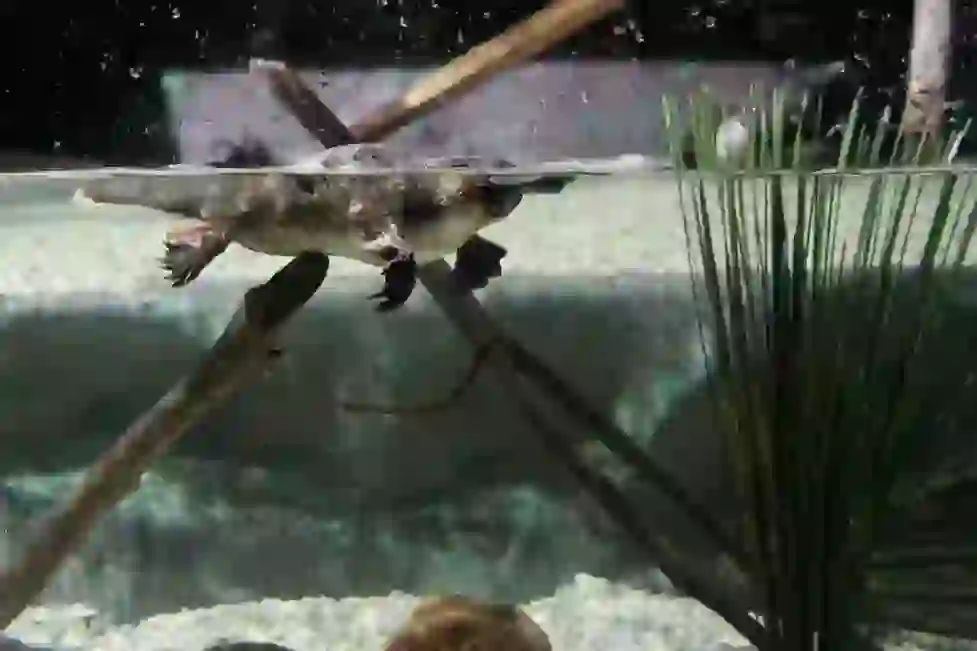
Is it true that platypus is poisonous? How strong is the poison?
Male platypuses have venomous spurs at the base of their legs. I wonder how strong the poison is and whether it affects humans. Many people may think that they do not have a strong poison because of their appearance. However, the platypus’s venom is so strong that dogs and small animals die when stung.
Would humans die if they were stung? In the case of humans, they do not die, but it is said that they experience pain that cannot be relieved even by morphine, a painkiller. It’s hard to imagine how painful it is when morphine doesn’t work.
The platypus’s venom tends to increase during the breeding season. This period is around October to November. Be careful when you go to the waterside in Australia.

Would you like to become a part of the 'Animalbook.jp'?
Turn your knowledge into Q&A and share it with the world. ※Publication will be activated after purchase. Let's share information together!
Platypus Type of List
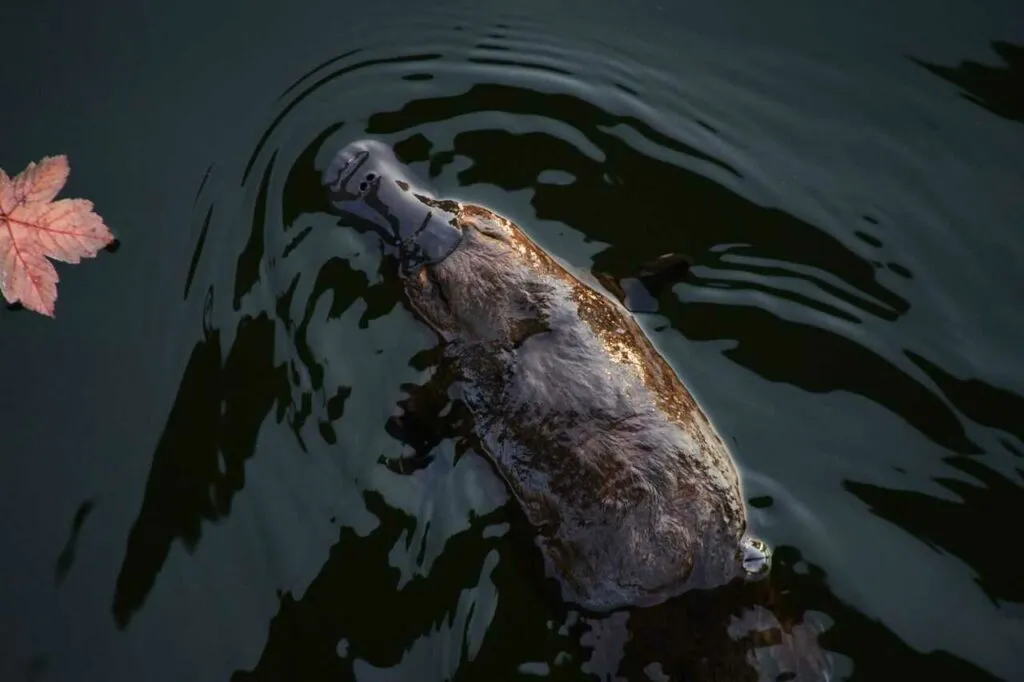
・Platypus
Information
Congratulations! You are the first commenter!

Create Your Favorite List!
Platypus
Save the animals you love! Build your own list to quickly revisit your favorites later.

Would you like to leave a comment?
※Please note: This is for the purchase of rights to post comments within the article.
Find Your Favorites!
Our shop offers a unique and attractive selection of goods themed around various animals.
Platypus References
Platypus Introduction of media used

出典:https://unsplash.com/photos/Vv019m_ClpY

出典:https://unsplash.com/photos/e8kb5IPwr6g

出典:https://commons.wikimedia.org/wiki/File:Wild_Platypus_4.jpg

出典:https://pixabay.com/images/id-153496/

出典:https://commons.wikimedia.org/wiki/File:巣穴から出てくるカモノハシ
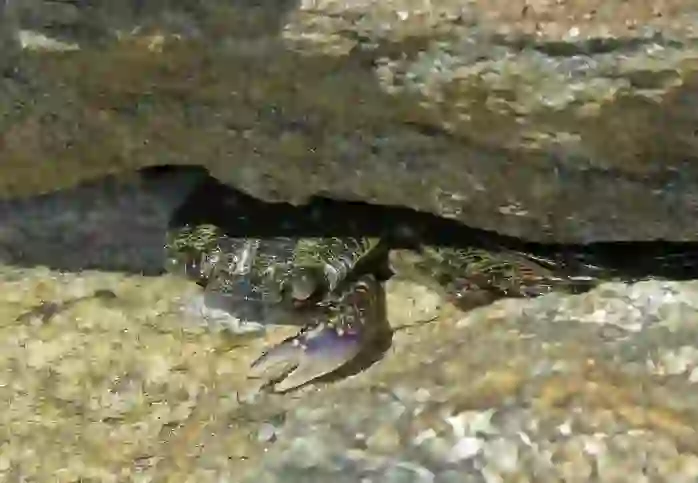
food
出典:https://pixabay.com/images/id-2432035/

出典:https://pixabay.com/images/id-3762257/
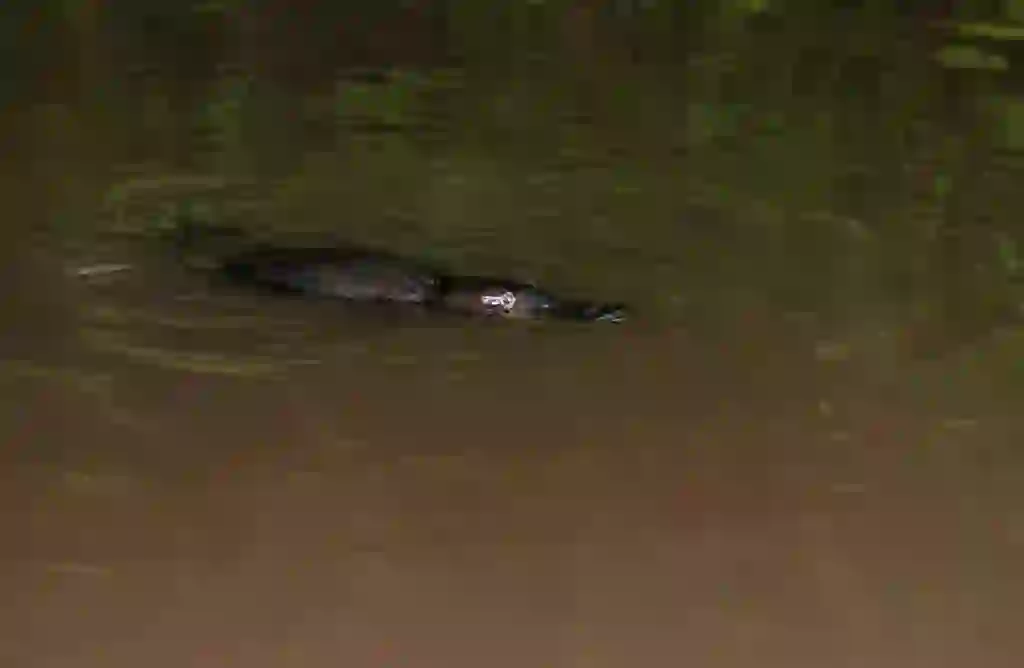
出典:https://unsplash.com/photos/HPQCzu9aXKE

Help Enrich Our Animalbook.jp with Your Media!
We are constantly looking to expand and enrich our Animalbook.jp with amazing photos and videos of animals. If you have any media that you'd like to share, please contribute and help us showcase the beauty and diversity of the animal kingdom. Your submissions will be credited and featured in our encyclopedia, reaching a wide audience of animal lovers.
















